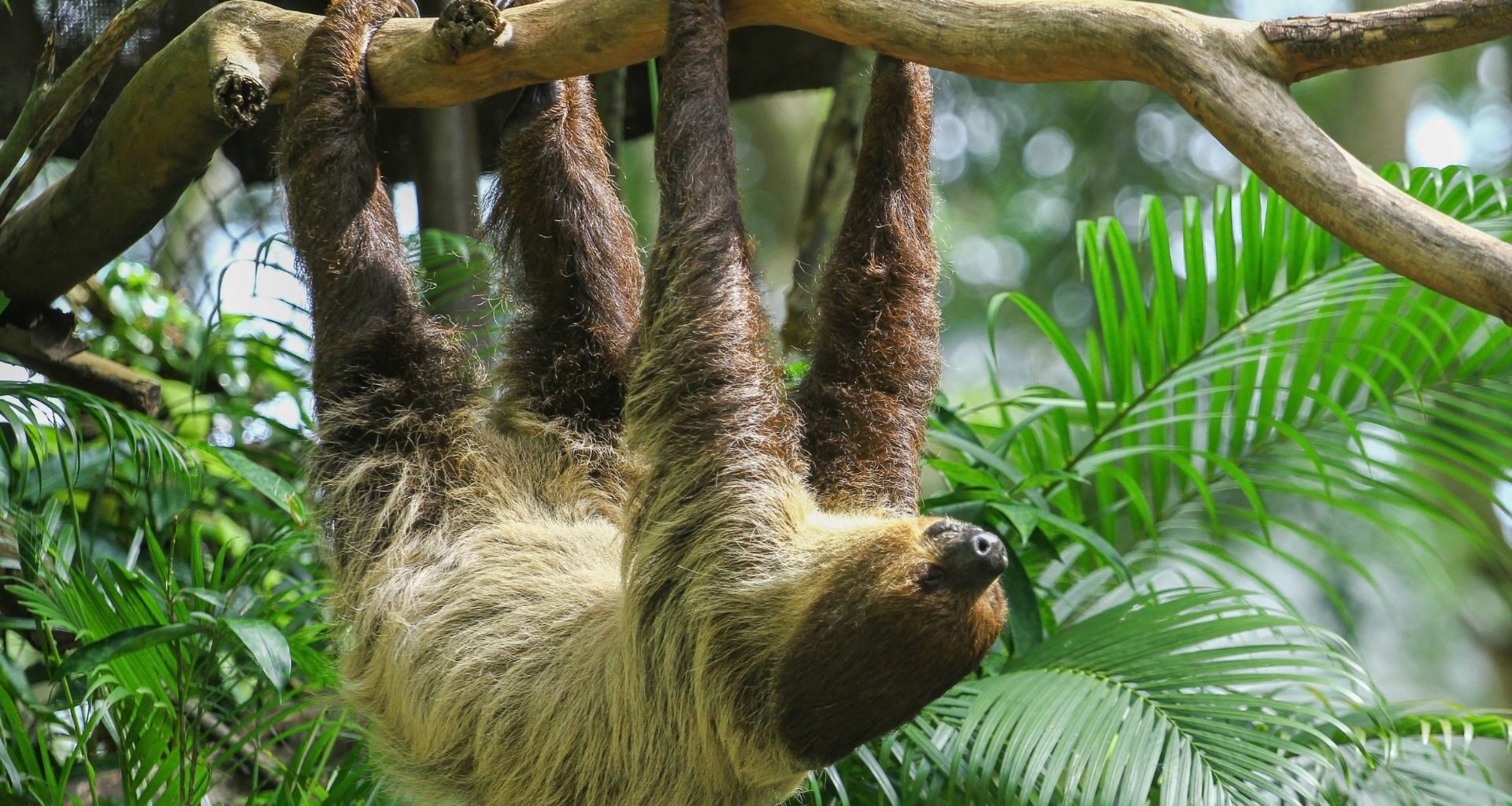Sloths were not always the slow-moving creatures that we are familiar with today. For millions of years, these fascinating animals exhibited a wide range of sizes and forms, from small, nimble climbers to towering ground-dwelling giants as large as elephants. During the late Cenozoic era, sloths were among the most diverse mammals, occupying various ecosystems across the Americas. However, today, only their smaller tree-dwelling descendants remain. New research highlighted by SciTechDaily, delves into the evolutionary history of sloths and examines the environmental changes and human factors that contributed to the extinction of their colossal relatives.
Sloth Diversity: From Tree-Dwellers to Towering Giants
Sloths have long been seen as slow, tree-dwelling animals, but their evolutionary history paints a much more diverse picture. Over millions of years, sloths adapted to a variety of environments, resulting in species ranging from small climbers to massive ground-dwellers as large as elephants. Some of these giants reached an astonishing 6 meters (20 feet) in height and weighed several tons. Recent research suggests that the key factor driving the evolution of sloths’ size was habitat. As forests expanded, sloths shrank in size and adapted to the treetops, while others continued to live on the ground, evolving larger bodies.
A Lost Empire of Sloths
At one point, sloths were ubiquitous across the Americas, with over 100 different species occupying a range of habitats, from forests to grasslands. These sloths were diverse in size, with some reaching up to 6 meters (20 feet) tall and weighing several tons. Yet, by the end of the last Ice Age, most of these species had disappeared, leaving behind only the smaller tree-dwelling sloths that we see today.
Uncovering 35 Million Years of Sloth Evolution
To understand the rise and fall of sloths, researcher Alberto Boscaini and his team examined 35 million years of sloth evolution. They used a combination of fossil data, genetic sequences, and evolutionary modeling to track the changes in sloth species over time.
Their findings indicate that habitat, diet, climate, and predators played a significant role in determining the body size and evolutionary trajectory of these creatures. Boscaini’s team specifically studied 67 different sloth genera, providing an in-depth look at how these creatures evolved over millions of years.
Big or Small? It All Came Down to Habitat
The research highlighted the crucial role of habitat in shaping sloth evolution. Early sloths were mostly large, ground-dwelling grazers, but as forests spread and covered the landscape, sloths began adapting to the treetops.

This led to smaller sizes as they evolved to become better climbers. Some lineages even reverted to larger sizes, likely in response to colder climates and changing ecosystems.
Sloths and the Human Arrival
The extinction of the giant, ground-dwelling sloths occurred relatively recently, around 15,000 years ago, coinciding with the arrival of humans in the Americas.

While climate change does not appear to have played a major role, evidence strongly suggests that human hunting was the primary factor driving the extinction of these giant creatures. The smaller, tree-dwelling sloths, which lived higher in the canopy, managed to survive the human-driven onslaught, though their populations also dwindled.
